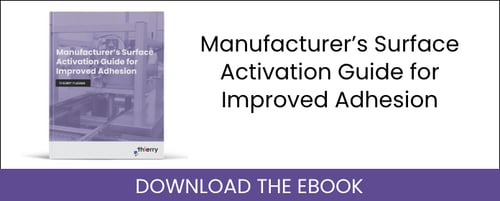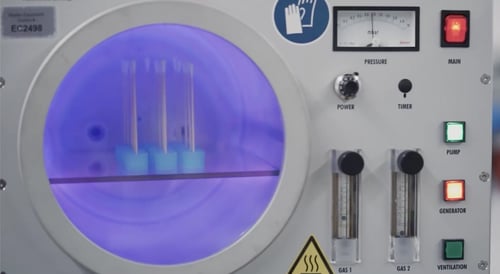There is no such substance known as
plasma gas. Plasma and gas are two separate phases of matter. The phases of matter are solid, liquid, gas and plasma. Since plasma and gas are closely related and plasma is rarely referred to when talking about the phases of matter, it is easy to understand the confusion. Gas turns into plasma when heat or energy is added to it. The atoms that make up the gas start to lose their electrons and become positively charged ions. The lost electrons are then able to float freely. This process is called ionization. Once a significant portion of the gas has become ionized, the electrical characteristics of the substance dramatically change, and it is then referred to as plasma.
Plasma Gas (Partially Ionized Gas) – Degree of Ionization
The degree of ionization is the measure of the proportion of how many atoms in the gas have lost an electron. Plasma’s characteristics can vary based on what percentage of the gas has become ionized. If the partially ionized gas or "
plasma gas" has an extremely low plasma density (number of free electrons per unit volume) then the substance will still behave like a gas. Even when the degree of ionization is only 1%, the substance will develop new characteristics such as a high conductivity and magnetic field responses. In the field of
plasma technology, machines called
plasma generators create plasma that is usually only partially ionized, but the degree of ionization can be modified to create the desired characteristics. Since even weak ionized gases behave like plasma, the term "
plasma gas" is not really relevant. There is no distinction of what degree of ionization is required in a gas to be referred to as plasma. Any partially ionized gas is referred to as plasma; hence the term “
plasma gas" is not necessary.

